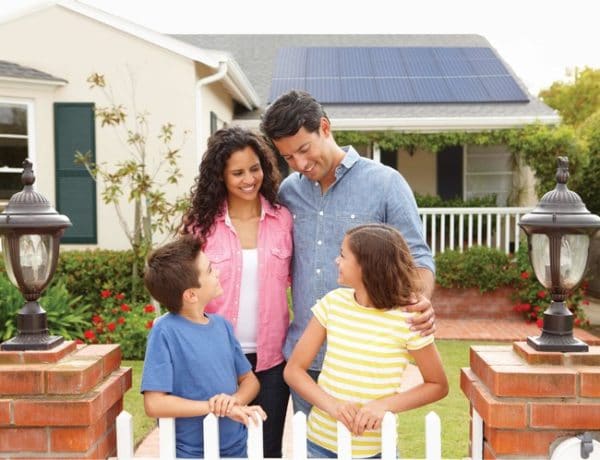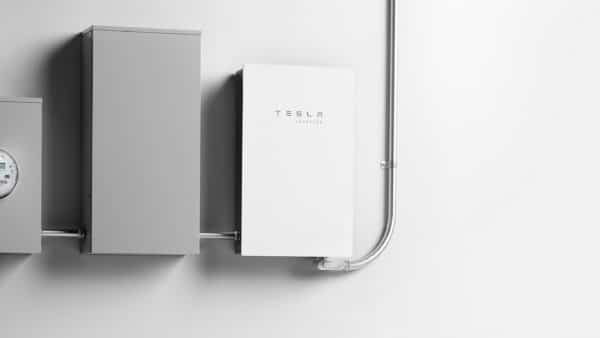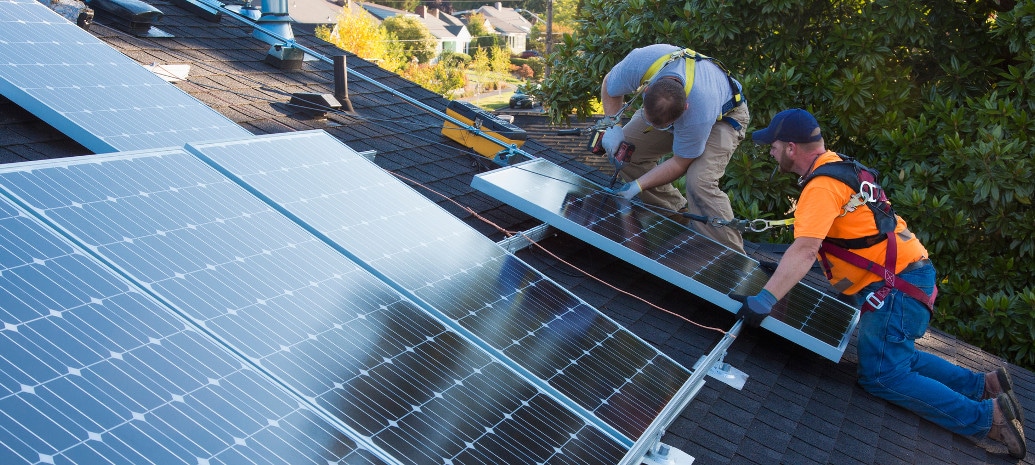Whether you’re new to solar, or you’re an industry professional seeking to share the fundamentals with your customers, pv magazine USA’s Solar 101 guide offers essential information and perspective to help you understand the big picture. Each link below links to the most current insight and resources on the topic.
Any rooftop solar installation starts with a couple of key questions that need to be addressed. Is my roof ready for solar? And how will the angle of my roof affect my solar system’s output?
Ideally, solar should be installed on a newer roof. For people in North America, solar should be angled due south to capture the most sunlight. But in reality, homeowners install solar on the home they own, so we show how to decide whether, say, a middle-aged roof that points slightly the wrong way is suitable. (Spoiler alert: solar usually works pretty well, even in less-than-ideal configurations.)

Image: Wikimedia Commons/Dave Dougdale
Next, we ask what’s my solar system going to cost? To answer that question, we need to look at the list of unique variables and components in a standard solar project that a homeowner at least needs to be aware of. Once you start to accessorize your rooftop PV with batteries, panels, and EV chargers – the list gets even longer! We take a moment to make sure your solar system is sized correctly to align with your electricity bill and future energy needs.
After determining out-of-pocket costs, we show how to figure your solar system’s payback period. To get a ballpark estimate, divide your project’s costs by its expected annual production output. The caution here is not to overlook federal tax credits, as well as possible state tax credits and incentives. And keep your eye on issues like net metering, whose rules seem to change almost every year.
Admittedly, adding batteries to a residential solar system will significantly slow down the payback period in most states. However, it’s important to remember that there is more value to a residential battery backup system than a simple return on investment calculation may show. As recent grid challenges in Texas, Louisiana, and California have shown, when you really need a backup power source, storage is extremely valuable.

Image: Sullivan Solar
How to pay
After contemplating all the laws and a few of the important components, we help guide you through the ins and out of how to pay for your rooftop solar. After all, your new solar power system is a 20-year investment, and contractors will accept bank loans, on-the-spot finance, third-party ownership, and even cold, hard cash!
The cost of a solar power system can be high, making the purchase much like buying a car. However, since solar panels pay measurable dividends, it’s more like investing in a financial product. And there are a number of ways to find the money to pay for it.
Not to be overlooked is issues related to local market, and for some of us that means a Homeowners Association. Here we might encounter a bump in the road, such as grumpy neighbors.
By now, many homeowners are ready to strike up a relationship with a local contractor. To find a good one, take advantage of the resources provided in how to find … and evaluate … a solar contractor for your rooftop project.
Your contractor will help you spec the hardware that you are interested in. When specifying solar panels, it all comes down to curb appeal. Aesthetics are among the most important factors which determine a home’s value, so the demand for beautiful, low-profile or hidden panels is growing.

Image: Tesla
Brains, not just beauty
Just as important as the handsome solar modules, are the brains behind the beauty of your solar power system. Module-level power electronics – known as optimizers and microinverters – maximize electricity generation between strings of solar panels that receive different amounts of sunlight due to angles and shade.
Once you have chosen the hardware, it’s time to determine the best way to attach your solar system to the roof. Your contractor will do the work, but it’s good to know how local building codes and risk factors come into play.
A little TLC
Once installed, your solar system represents a long-term investment. You keep your car in good working order, and your solar system benefits from the same sort of TLC. Keeping your rooftop solar system humming over the long term will require some sound decision-making early on. Solar O&M comes down to mechanical rooftop connections, electrical solar panel connections, panel and connection temperatures, and inverters. We present a handful of options to ensure that your solar system remains well maintained through its entire lifetime.
Our final message is simple: go solar, but go with your eyes open. Like all industries, consumers need to pay attention in order to protect themselves. One useful guide is this 24-page Solar Consumer Protection Guide from the California Public Utilities Commission, which is intended to educate consumers about solar leasing and power purchase agreements.
This content is protected by copyright and may not be reused. If you want to cooperate with us and would like to reuse some of our content, please contact: editors@pv-magazine.com.









By submitting this form you agree to pv magazine using your data for the purposes of publishing your comment.
Your personal data will only be disclosed or otherwise transmitted to third parties for the purposes of spam filtering or if this is necessary for technical maintenance of the website. Any other transfer to third parties will not take place unless this is justified on the basis of applicable data protection regulations or if pv magazine is legally obliged to do so.
You may revoke this consent at any time with effect for the future, in which case your personal data will be deleted immediately. Otherwise, your data will be deleted if pv magazine has processed your request or the purpose of data storage is fulfilled.
Further information on data privacy can be found in our Data Protection Policy.